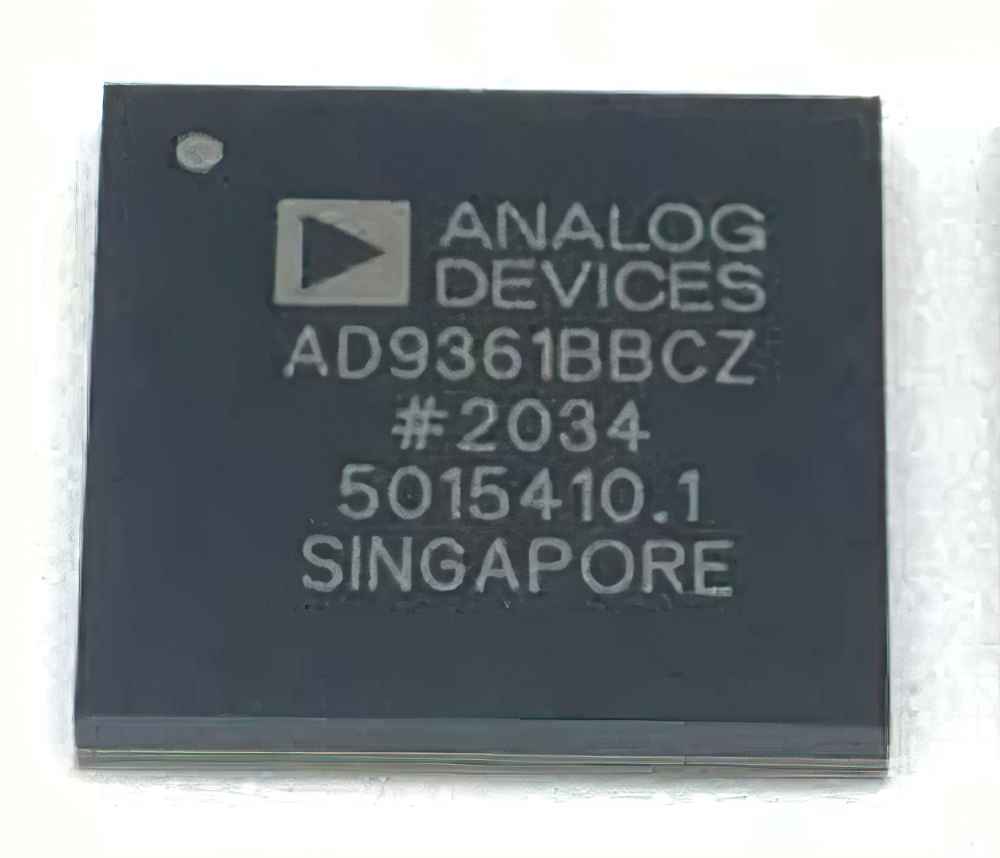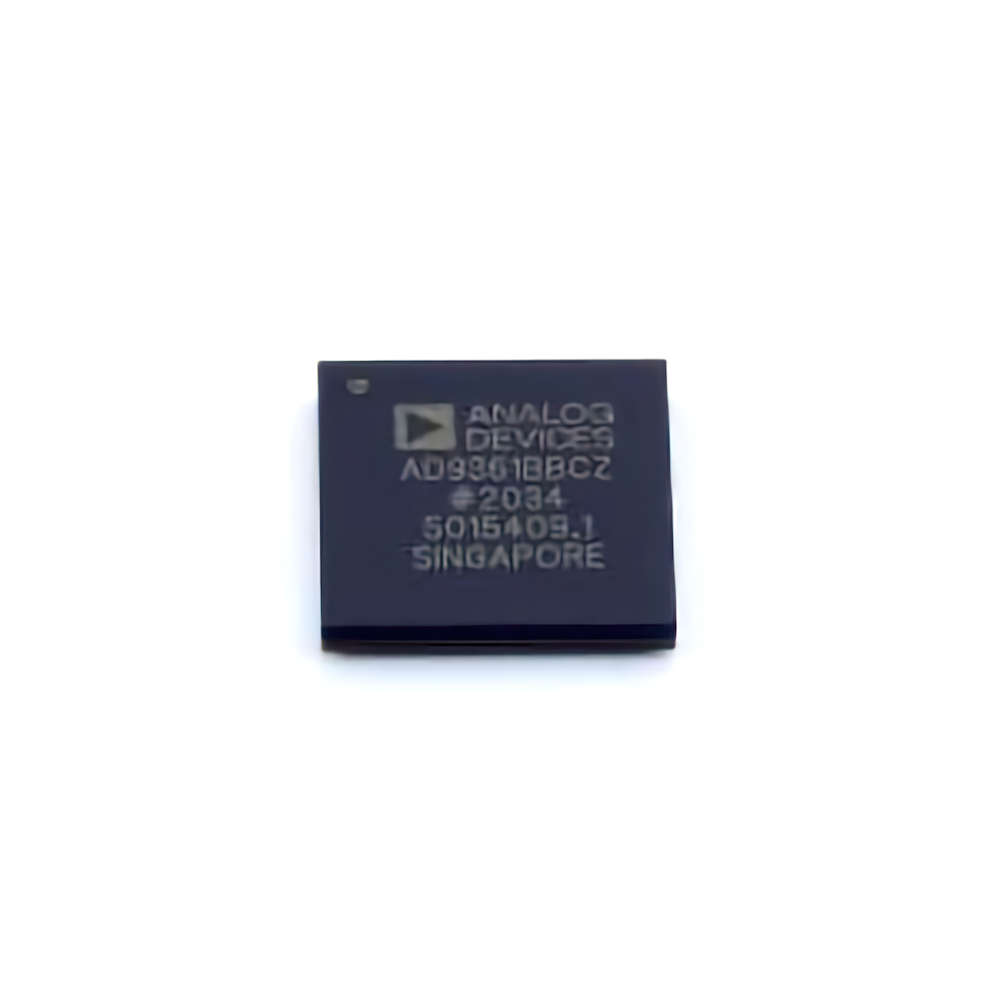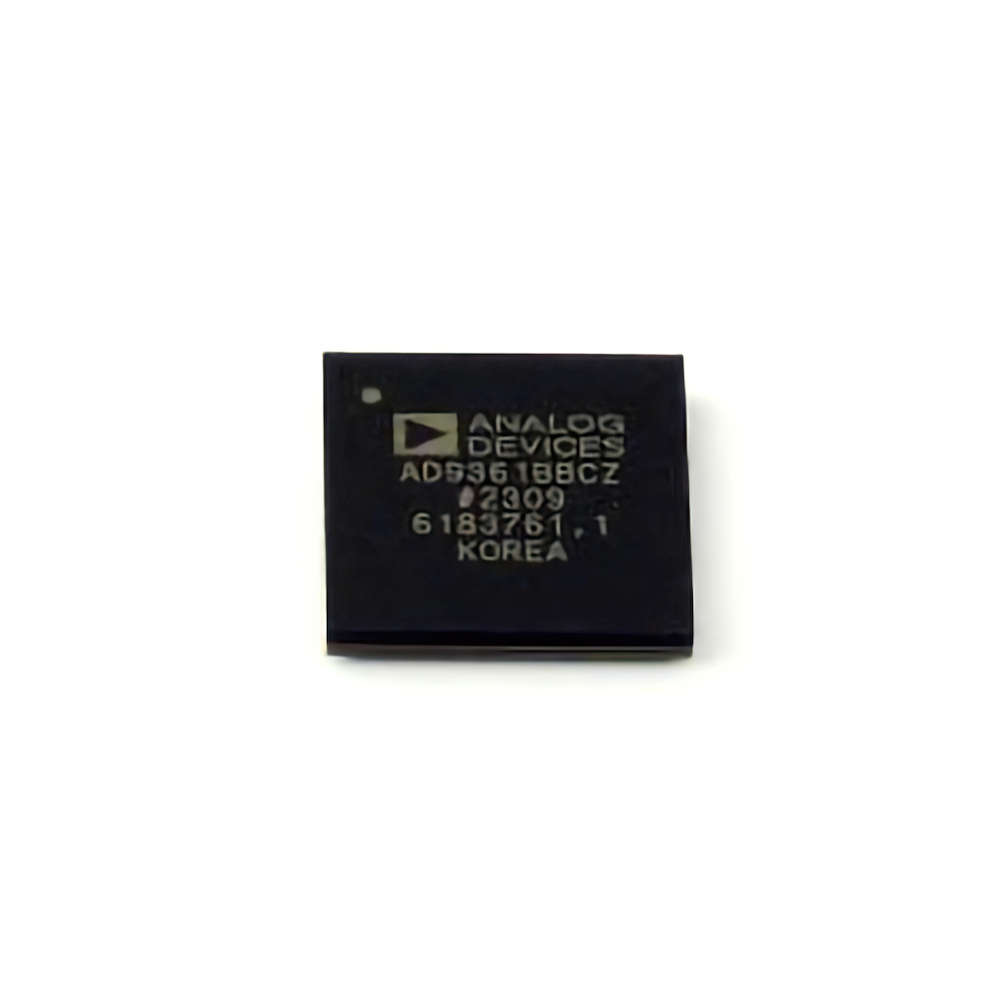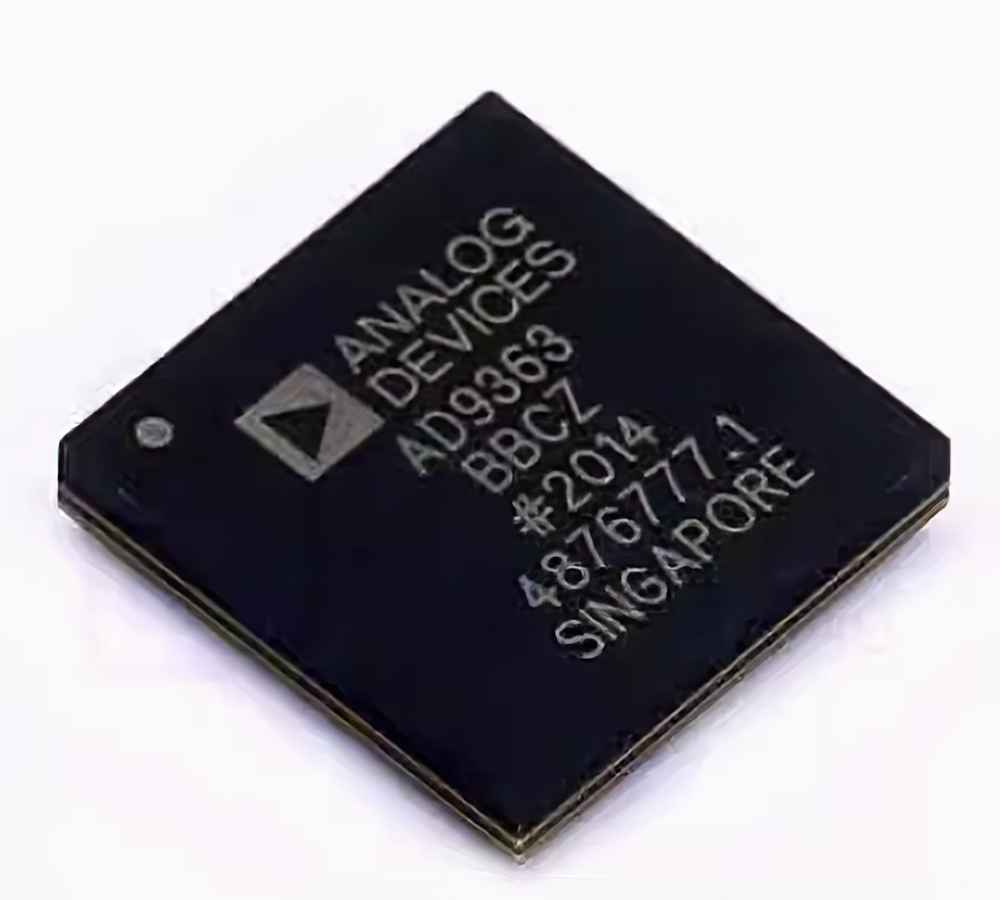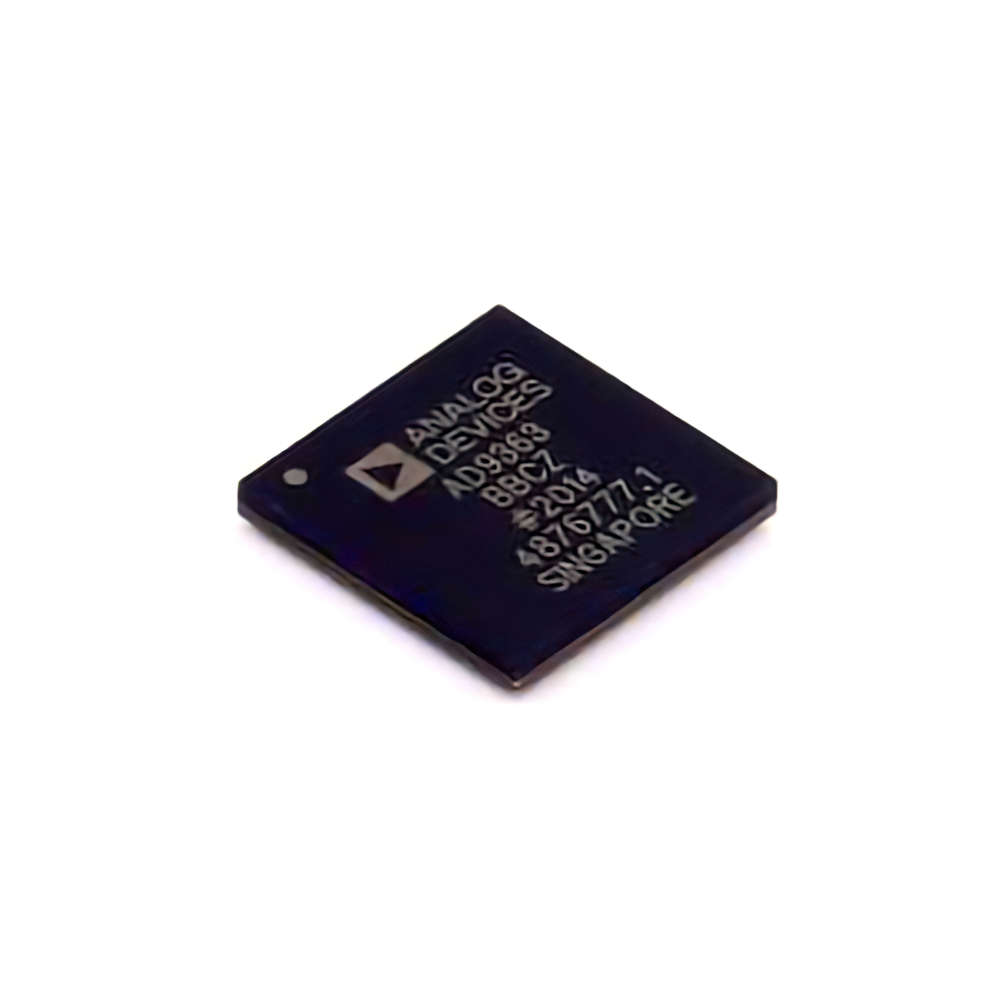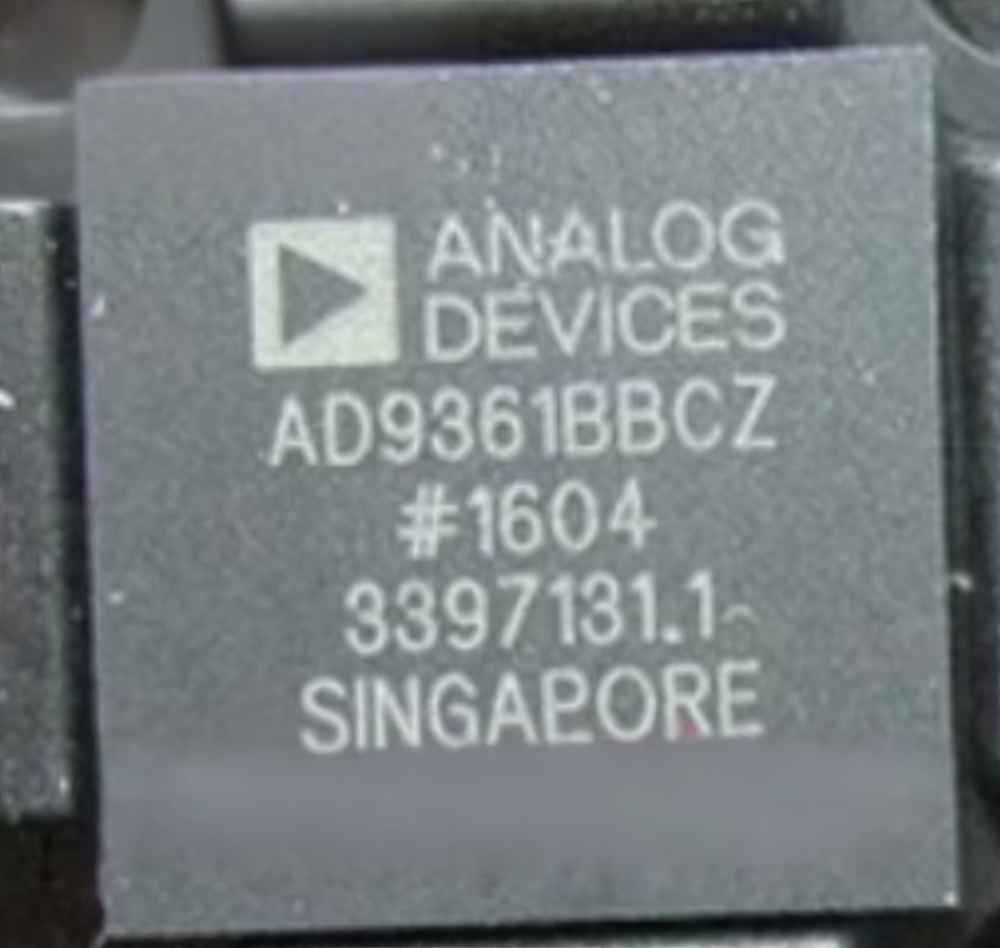ADI
图片可能具有代表性。
产品详情请参阅规格.
产品详情请参阅规格.
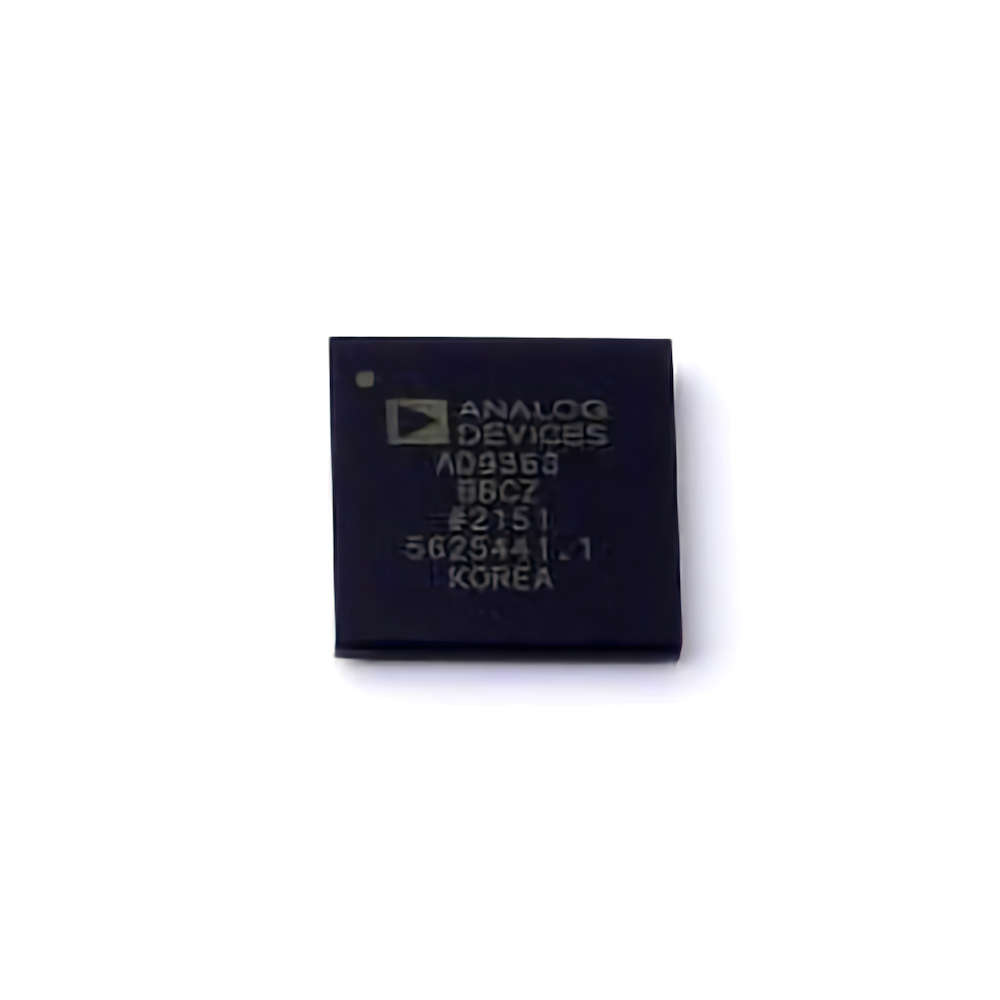
AD9363BBCZ
AD9363BBCZ
型号
AD9363BBCZ
类目
RF Chip/Antenna > Wireless Transceiver Chip
制造商/品牌
ADI
封装
LBGA-144
包装
the tray
包裹数量
712
简介
请求报价
请填写所有必填字段并点击“提交”,我们将在12小时内通过电子邮件与您联系。如果您有任何问题,请留言或发送电子邮件至 2762329346@qq.com,我们将尽快回复。
有货 95893 PCS
联系信息
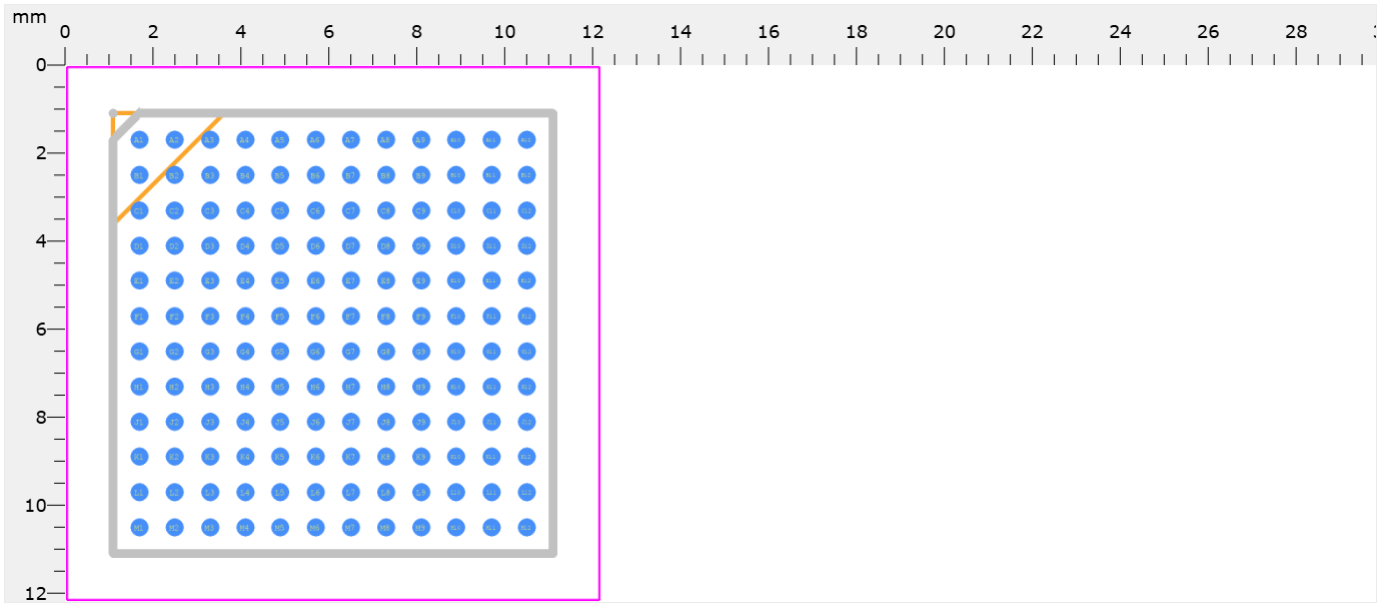
more_pkgimg

more_schimg

more_3dimg
more_desctext
RF Agile Transceiver
Pin Count--------144
Part Category--------Integrated Circuit
Package Category--------BGA
Footprint Name--------BGA - BC-144-7
Pin Count--------144
Part Category--------Integrated Circuit
Package Category--------BGA
Footprint Name--------BGA - BC-144-7
download_pdf
more_faq
AD9363BBCZ Frequently Asked Questions (FAQs)
What is the recommended PCB layout and design considerations for the AD9363BBCZ?
The AD9363BBCZ requires careful PCB layout and design to ensure optimal performance. Analog Devices provides a reference design and layout guidelines in the AD9363BBCZ evaluation board documentation, which can be used as a starting point. Key considerations include proper grounding, decoupling, and routing of high-frequency signals.
How do I configure the AD9363BBCZ for different frequency bands and modes?
The AD9363BBCZ can be configured for different frequency bands and modes using the SPI interface. The device has a set of registers that control the frequency synthesizers, gain settings, and other parameters. The AD9363BBCZ datasheet and programming guide provide detailed information on the register settings and configuration options.
What is the maximum data rate that can be achieved with the AD9363BBCZ?
The AD9363BBCZ can support data rates up to 61.44 MSPS (mega-samples per second) for the RX (receive) path and up to 122.88 MSPS for the TX (transmit) path. However, the actual data rate achievable depends on the specific application, system design, and interface configuration.
How do I calibrate the AD9363BBCZ for optimal performance?
The AD9363BBCZ requires calibration for optimal performance. The device has built-in calibration routines for tasks such as DC offset correction, quadrature correction, and gain calibration. The calibration process typically involves writing specific values to the device registers and can be performed using the SPI interface.
What are the power consumption and thermal characteristics of the AD9363BBCZ?
The AD9363BBCZ has a typical power consumption of around 1.3W to 1.5W, depending on the operating mode and frequency. The device also has a maximum junction temperature of 125°C. Proper thermal design and heat sinking are essential to ensure reliable operation and prevent overheating.
What is the recommended PCB layout and design considerations for the AD9363BBCZ?
The AD9363BBCZ requires careful PCB layout and design to ensure optimal performance. Analog Devices provides a reference design and layout guidelines in the AD9363BBCZ evaluation board documentation, which can be used as a starting point. Key considerations include proper grounding, decoupling, and routing of high-frequency signals.
How do I configure the AD9363BBCZ for different frequency bands and modes?
The AD9363BBCZ can be configured for different frequency bands and modes using the SPI interface. The device has a set of registers that control the frequency synthesizers, gain settings, and other parameters. The AD9363BBCZ datasheet and programming guide provide detailed information on the register settings and configuration options.
What is the maximum data rate that can be achieved with the AD9363BBCZ?
The AD9363BBCZ can support data rates up to 61.44 MSPS (mega-samples per second) for the RX (receive) path and up to 122.88 MSPS for the TX (transmit) path. However, the actual data rate achievable depends on the specific application, system design, and interface configuration.
How do I calibrate the AD9363BBCZ for optimal performance?
The AD9363BBCZ requires calibration for optimal performance. The device has built-in calibration routines for tasks such as DC offset correction, quadrature correction, and gain calibration. The calibration process typically involves writing specific values to the device registers and can be performed using the SPI interface.
What are the power consumption and thermal characteristics of the AD9363BBCZ?
The AD9363BBCZ has a typical power consumption of around 1.3W to 1.5W, depending on the operating mode and frequency. The device also has a maximum junction temperature of 125°C. Proper thermal design and heat sinking are essential to ensure reliable operation and prevent overheating.
关键词 AD9363BBCZ
AD9363BBCZ 电子元件
AD9363BBCZ 销售
AD9363BBCZ 供应商
AD9363BBCZ 分销商
AD9363BBCZ 数据表
AD9363BBCZ 图片
AD9363BBCZ 报价
AD9363BBCZ 提供
AD9363BBCZ 最低价格
AD9363BBCZ 搜索
AD9363BBCZ 购买
AD9363BBCZ 芯片
×
![]()


